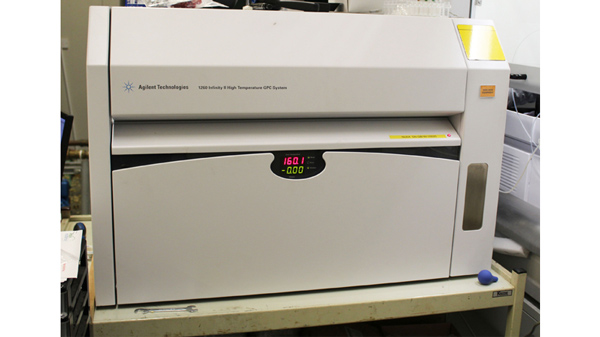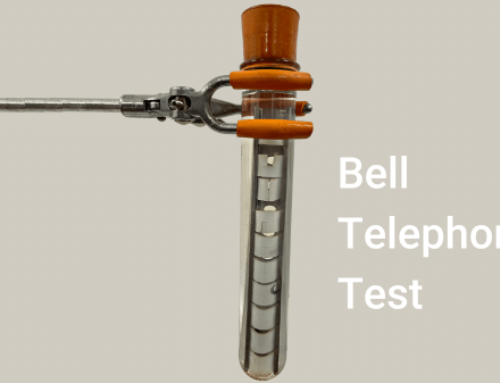What is a high temperature gel permeation chromatography (HT-GPC) ?
High temperature gel permeation chromatography, is a powerful analytical tool, in which we can characterise the molecular weight and molecular weight distribution of a polymer. The most reliable method of finding out molecular weight is through the use of HT-GPC technology.
What is high temperature gel permeation chromatography technology used for?
Being able to characterise these features is important to the development of polymers and their uses, determining if they may be suitable for a particular purpose. It allows us to compare polymers, find out the properties of a polymer and even give us an idea of how the polymer might be made. We can look at the degradation of a polymer after it has been weathered to see if its properties have changed. It can give us an indication of what the melt flow might be like.
What is the difference between GPC and HT-GPC?
The only difference between a regular GPC and a HT-GPC is the temperature that they run at. A GPC runs at room temperature, while a HT-GPC runs at higher, more elevated temperatures.
When would you use a HT-GPC over a GPC?
Instances when you would use a HT-GPC over a GPC can be for varying reasons. Most polymers will not dissolve in solvent at room temperature. In situations like this, we would use a HT-GPC in place, as to run the sample at a higher temperature, to keep the polymer dissolved in the solution. Whether or not you need a HT-GPC or a GPC will depend on the industry it’s being used for. Working with polymers, we need a HT-GPC, whereas working in an industry that deals with something like proteins, a regular GPC would be more suitable.
The process of running high temperature gel permeation chromatography (GPC) analysis:
We start by dissolving our polymer in a solvent and move onto the next steps. The polymers molecular chain, when dissolved, form into coils. The length of these molecular chains will have an impact on the size of the coil, with higher molecular weight equalling larger coils. The GPC separates out the molecules into different molecular weights based on the size of the coil.
The dissolved polymer is injected into the solvent stream and passed through a set of columns. In our HT-GPC we have 3 columns, which are packed with gel. On the surface of this gel are micro pores of different sizes. When the solvent with the polymer coils are passed through the columns, the small coils can fit into all the pores, whereas the larger coils can only fit into a few. As a result, the smaller coils have a very torturous route through the column and take longer to pass through than larger coils. In this way the molecules are separated out into a distribution based on their size.
If this is a test you feel you may need further help with, please get in touch here today.
Be sure to head to our Facebook, LinkedIn and Twitter if you would like to stay up-to-date with what we are doing!





